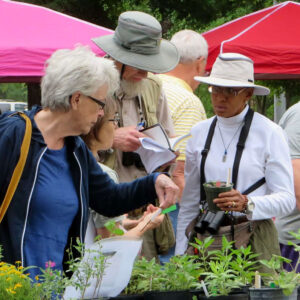Winter is an ideal time to plant trees and shrubs. Roots have some time to develop before the plants must face the South Texas summer heat.
Among the large palette of plants that are well-adapted to our climate are several evergreens.
- Arizona cypress is one of the few conifers that prosper in our area. It has a desirable conical shape and is extremely drought-, pest- and soil-tolerant. On some sites it may reach 50 feet tall, but it usually grows to about 30 feet. Birds favor the dense crown as a nesting site. One of its main landscape attractions is the blue-gray color of its foliage.
- Anacua is another distinctive evergreen to consider. It is slow-growing, but on some sites it could grow up to 50 feet tall. The tree forms a broad dense crown of shiny-green foliage. Anacua is sometimes called sandpaper tree because the bottom of its leaves have a rough surface. In the spring, anacua has white blooms followed by orange-yellow berries that are a favorite summer food for birds.
- Calamondin is one of the hardiest citrus species available for San Antonio-area landscapes, as it doesn’t require cold protection. The tree has a relatively narrow crown that reaches 12 feet tall, making it a great tall hedge or an attractive specimen plant. The evergreen foliage is very shiny, and the tree produces fragrant white blooms in the spring followed by golf ball-size fruit that’s tart but edible.
By adding these and other drought-tolerant evergreens to your landscape, you’re providing substance to it, adding a bit of color during the winter and saving money on your water bill.
By Calvin Finch, Ph.D., Guest Author


